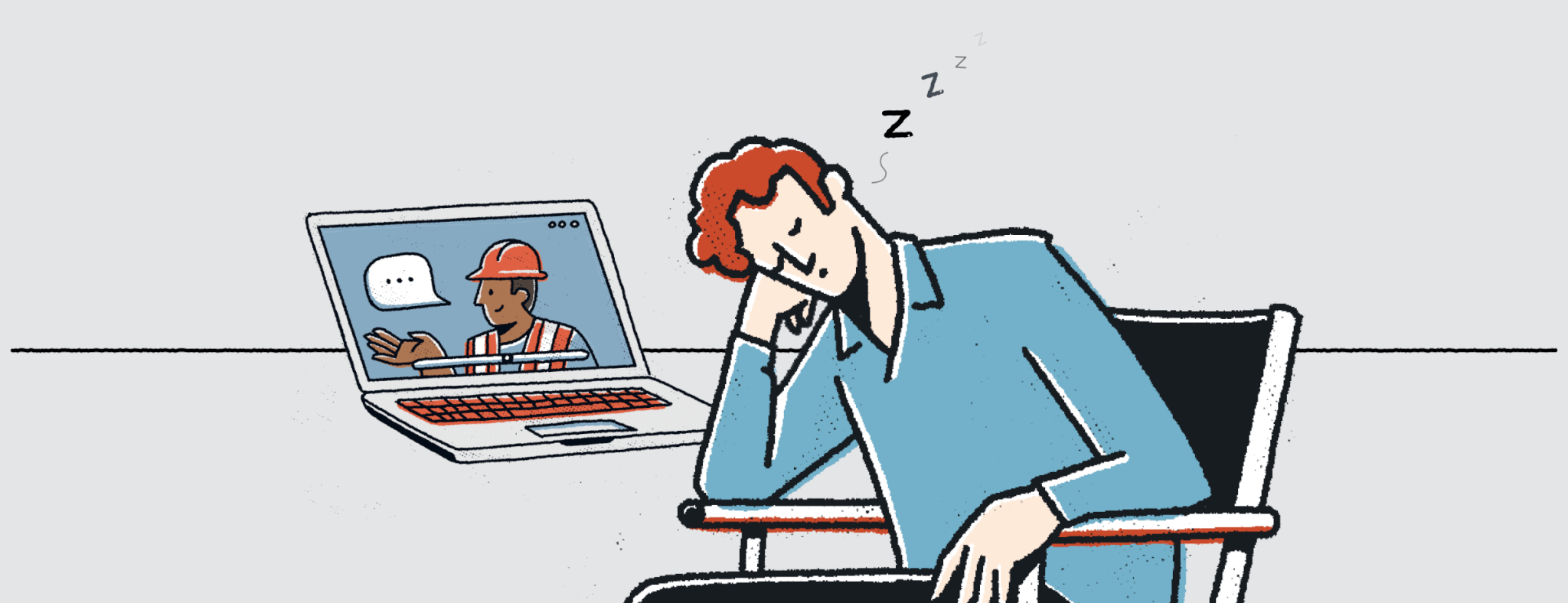AI is everywhere these days. It’s the buzzword of our modern times, and HR pros keep hearing the same refrain:
More AI! More automations! More efficiency!
But here’s the problem: no one really tells you how to make it happen. What does “leveraging AI in HR” actually look like? How can People leaders use AI in a way that genuinely enhances their workflow, rather than just adding another shiny new tool to the tech stack?
Let’s cut through the noise. Below are real, practical ways HR teams can use AI to make their work more efficient, data-driven, and (dare we say it?) a little easier. Whether you’re looking for quick wins with free tools or ready to invest in an AI-powered HR platform, there are plenty of ways to start incorporating AI into your workflow today.
Starting small: free ways to use AI in HR
You don’t need a big budget or fancy tools to start benefiting from AI. Even a free tool like ChatGPT can be a surprisingly powerful asset in an HR professional’s day-to-day work. Here’s how:
1. Making a business case for HR initiatives
Imagine this: You have a fantastic idea for a new People initiative. You know it will make a positive impact, but now comes the hard part: getting leadership buy-in. You need data, financial justification, and a rock-solid argument. Instead of staring at a blank screen, you can turn to AI.
By providing AI with a high-level summary of your idea, it can help frame your proposal in terms of cost savings, ROI, and business impact. It can even suggest stats and case studies to strengthen your case. Suddenly, you’re not just making a proposal — you’re presenting a compelling business case that speaks the language of leadership.
2. Creating job descriptions, assessments, and interview guides
Writing job descriptions can be tedious. You want them to be engaging, inclusive, and reflective of your company’s culture, without sounding like every other job posting out there. AI can help by generating a solid first draft, which you can then refine and personalize.
Need an interview guide or a take-home assessment? AI can craft structured, thoughtful questions based on the skills and competencies you’re hiring for. It’s not about replacing human judgment — it’s about streamlining the process and giving you a strong starting point.
3. Crunching the numbers on hiring and retention
Recruitment and retention are all about numbers. How long does it take to fill an open role? What’s the cost per hire? How many employees leave within their first year?
Instead of manually calculating these figures, AI can do it in seconds. Simply feed it historical data on your hiring process, and it can generate key metrics, highlight trends, and even suggest strategies for improving efficiency. This means you can make more data-driven decisions — without spending hours crunching numbers yourself.
4. Automating employee communications
We’ve all been there — staring at an email draft, trying to strike the perfect tone. Whether it’s an announcement about a policy change, a response to an employee concern, or an engagement survey reminder, AI can generate a polished, professional message in seconds.
And it’s not just about speed. AI can tailor the message’s tone based on your input. Want something friendly and upbeat? Straightforward and professional? AI can adjust accordingly, so you can focus on strategy rather than wording.
5. Streamlining HR surveys
Employee surveys are a valuable tool, but crafting the right questions can be tricky. AI can help by suggesting survey questions that are clear, unbiased, and aligned with your goals. Whether it’s an engagement survey, an exit survey, or a quick pulse check, AI ensures you’re asking the right questions in the right way.
Leveling up: paid AI tools for HR
If your company is ready to invest in AI, the possibilities expand even further. With a paid AI platform that protects company data, HR teams can leverage AI in more advanced ways.
6. Analyzing employee feedback at scale
HR teams collect a massive amount of qualitative data; think engagement survey responses, exit interviews, and performance reviews. Manually reading through hundreds (or thousands) of comments is time-consuming and subjective. AI can instantly analyze open-ended responses, identifying trends, sentiment shifts, and common themes.
Instead of relying on gut instinct, you now have clear, data-backed insights to inform your strategy. If employees are consistently citing burnout as a concern, or if exit interview feedback points to a specific issue in management, AI can surface these patterns instantly — so you can act on them sooner.
7. Identifying compliance risks in HR policies
Staying compliant with state and federal labor laws is a moving target. AI can review internal policies and flag areas that might be outdated or misaligned with regulations. While AI shouldn’t replace legal counsel, it can serve as an extra set of eyes — helping HR teams catch potential compliance gaps before they become an issue.
8. Measuring the true cost of meetings
Have you ever wondered how much that standing weekly meeting is actually costing the company? AI can calculate the financial impact of meetings based on employee salaries, helping teams be more intentional about their time. If the data shows that a recurring meeting costs thousands of dollars per month, it might be time to rethink that calendar invite.
9. Optimizing HR workflows
AI isn’t just about replacing manual work — it’s about making existing processes smarter. By feeding AI your current workflows (like recruitment, onboarding, or performance reviews), it can suggest ways to cut the time required by 25% or more through automation and efficiency improvements.
For example, if onboarding takes an average of 10 hours per new hire, AI might suggest automating parts of the process — like scheduling, document collection, or benefits enrollment — so HR teams can focus on the human side of onboarding instead.
AI is a tool, not a replacement
Let’s be clear: AI isn’t perfect. It requires human oversight, fact-checking, and critical thinking. You wouldn’t replace your employment lawyer with AI, and you shouldn’t blindly trust AI-generated HR decisions.
But when used correctly, AI can be a game-changer for HR professionals. It can cut down on administrative tasks, provide data-driven insights, and free up time for HR teams to focus on what really matters — building strong, engaged, and thriving workplaces.








